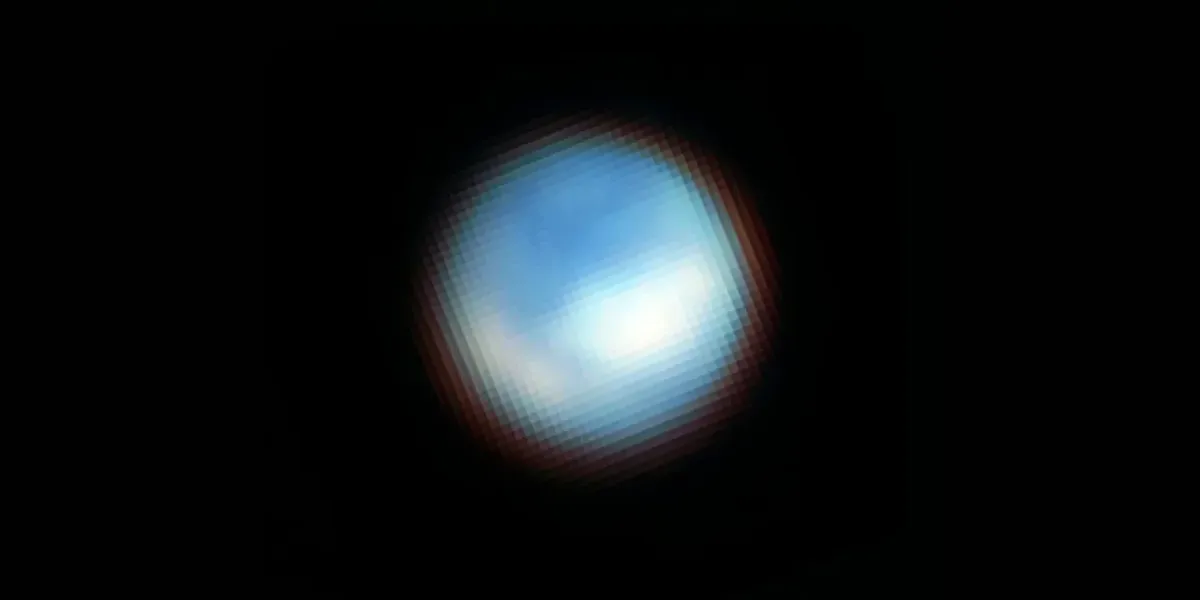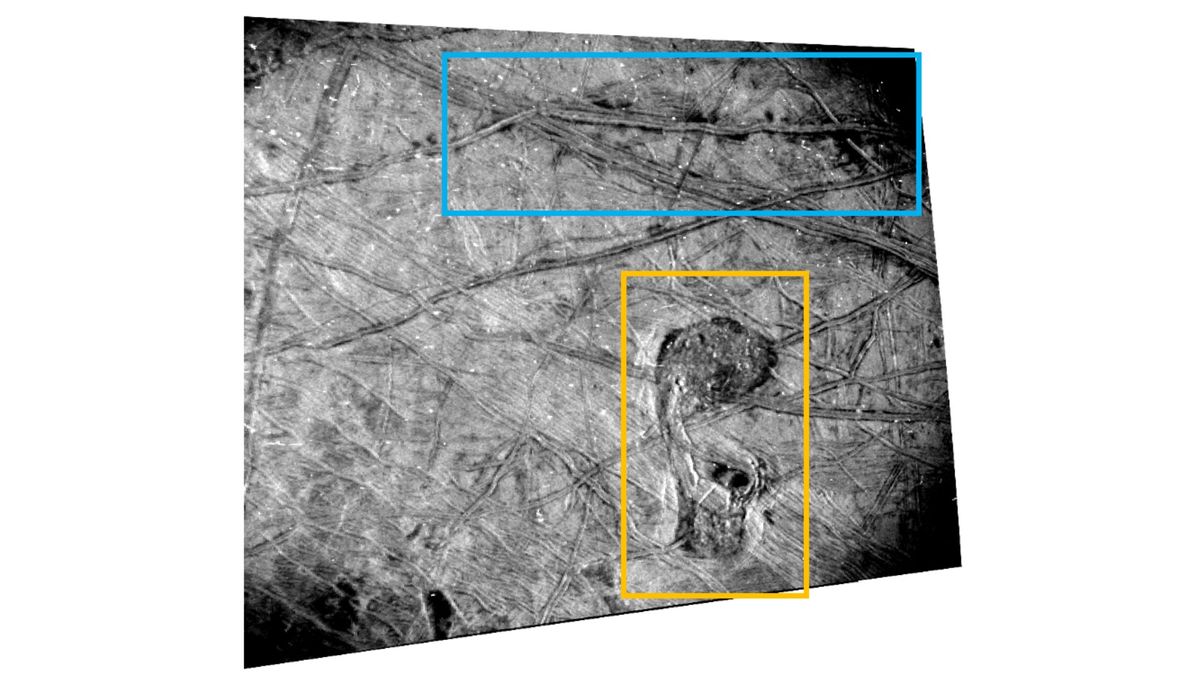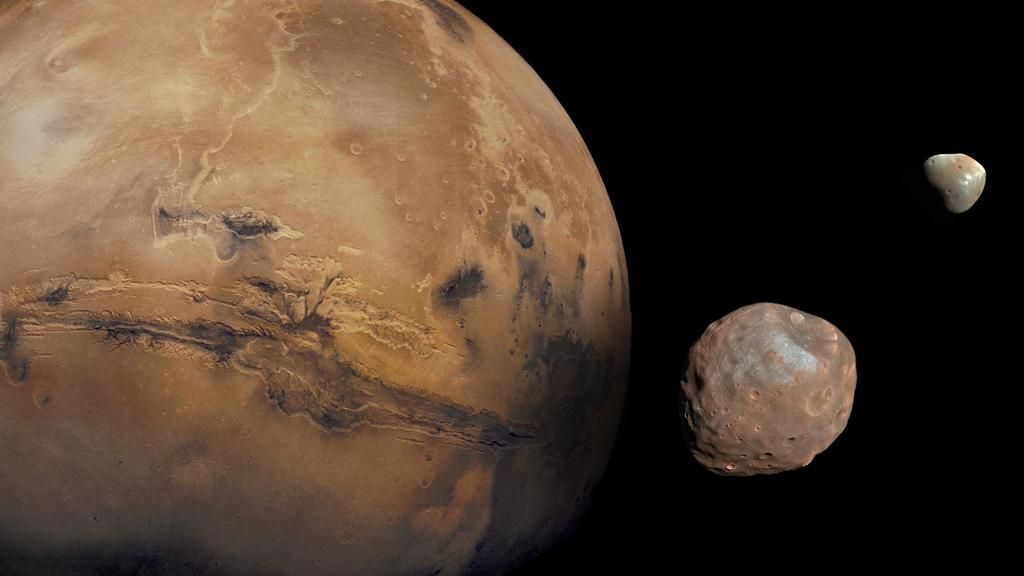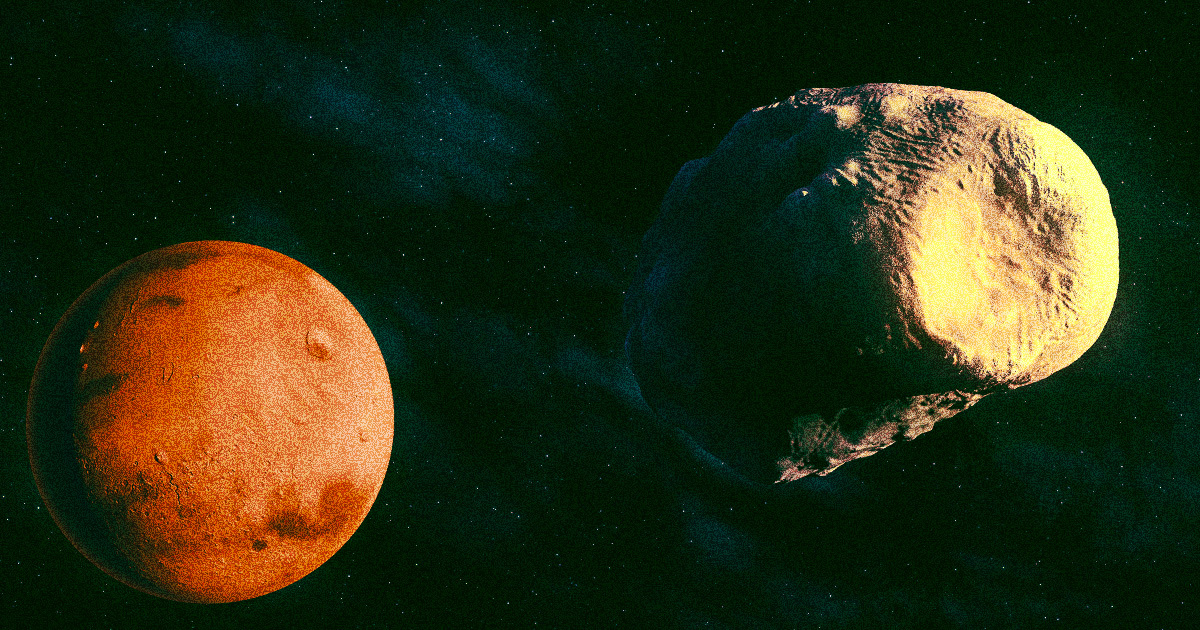NASA’s Juno spacecraft reveals new discoveries beneath Europa’s icy crust
NASA’s Juno spacecraft has captured a groundbreaking image of Jupiter’s moon, Europa, unveiling a salty ocean hidden beneath its icy crust. The discovery suggests that Europa is more like a planet than a moon, with a magnetic field, tenuous atmosphere, and liquid iron core. The high-resolution image shows that the icy crusts at the poles are free-floating, allowing pockets of saltwater from the moon’s subterranean ocean to pool, creating unique features like «the Platypus.» Possible stains above this area are believed to be deposits from plumes of saltwater rising to the surface. This discovery opens up new possibilities for future exploration and understanding of Europa’s mysterious ocean.
New missions bound for Europa to further explore its secrets
NASA’s Juno mission is set to end in 2025, but two more missions are on the horizon to continue exploring Europa’s mysteries. The Europa Clipper, launching later this year and arriving in 2030, will study the moon in more detail. Additionally, the European Space Agency’s Juice (Jupiter Icy Moons Explorer), launched last year, will reach Europa in 2031 after touring Jupiter’s moons Ganymede and Callisto. These missions aim to uncover more about Europa’s salty ocean, icy crust, and potential for life beyond Earth.
The significance of Europa’s salty ocean and potential for extraterrestrial life
The discovery of a salty ocean beneath Europa’s icy crust has significant implications for the search for extraterrestrial life. The unique environment of Europa, with its liquid water, energy sources, and chemical compounds, could provide the necessary conditions for life to exist. Scientists are excited about the potential for microbial life in Europa’s ocean and are eager to explore further to unlock the secrets of this mysterious moon. The upcoming missions to Europa will play a crucial role in advancing our understanding of the potential for life beyond Earth and expanding our knowledge of the solar system.



